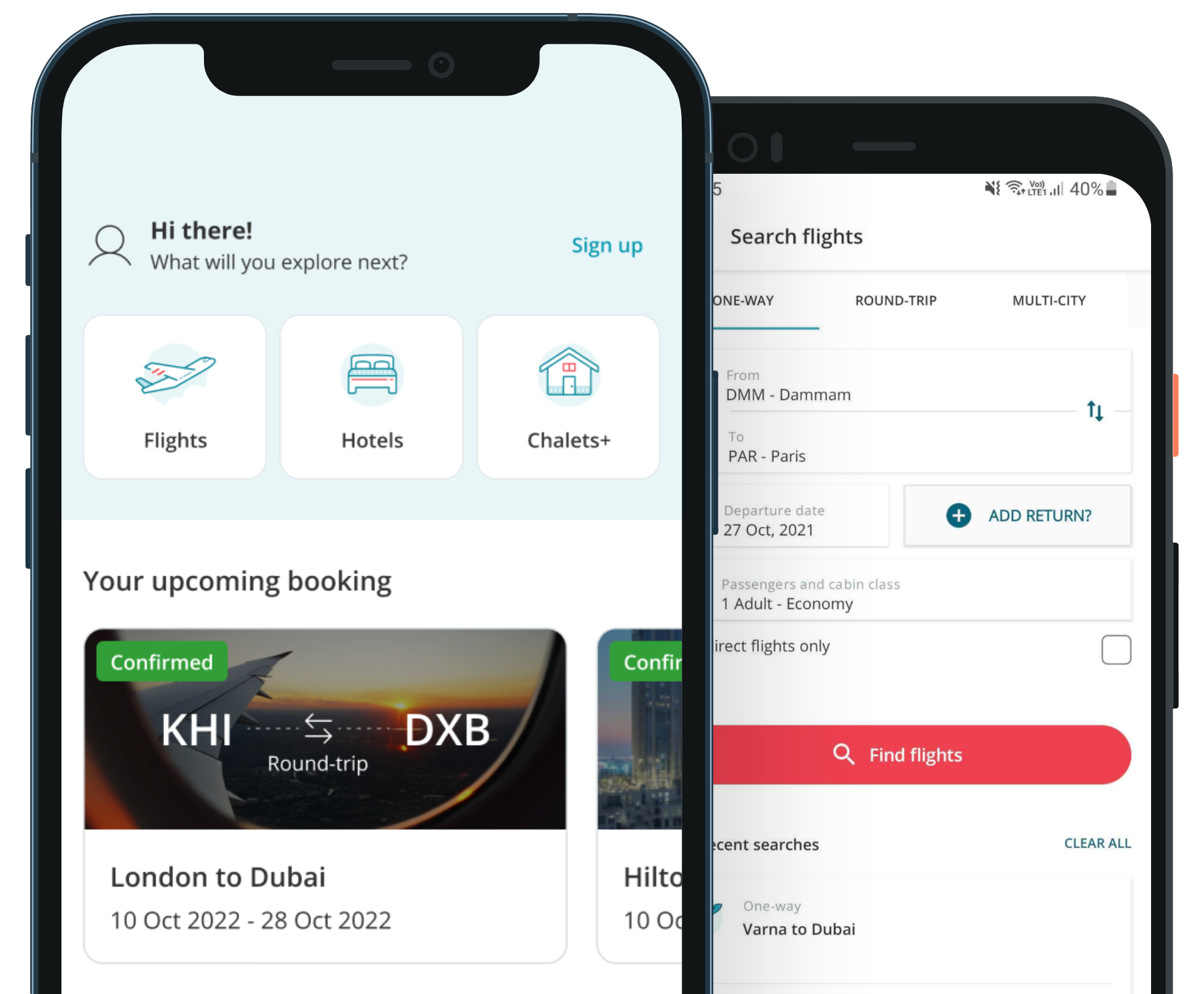
An Introduction to Iran: Land of History, Culture, and Strategic Importance
Date 16-07-2025
An Introduction to Iran: Land of History, Culture, and Strategic Importance
The Islamic Republic of Iran, known historically as Persia, is a country located in Western Asia, at the crossroads of the Middle East, Central Asia, and the Caucasus. As one of the oldest civilizations in the world, Iran boasts a rich history, diverse culture, strategic geographic position, and growing economic significance.
Geography and Borders
Iran is the second-largest country in the Middle East and the 17th largest in the world, covering approximately 1.65 million square kilometers.
Borders:
North: Armenia, Azerbaijan, Turkmenistan, and the Caspian Sea
East: Afghanistan and Pakistan
West: Iraq and Turkey
South: Persian Gulf and Gulf of Oman
Its southern coastline stretches over 2,400 kilometers, giving it significant maritime importance for oil shipping routes, including the Strait of Hormuz, a vital passage for global energy transport.
Population
As of 2025, Iran has a population of approximately 89 million people, making it the 18th most populous country in the world.
Capital: Tehran (over 9 million residents in the city and 15 million in the metropolitan area)
Major Cities: Mashhad, Isfahan, Shiraz, Tabriz, Karaj, Ahvaz
Ethnic Groups: Persians (61%), Azerbaijanis (16%), Kurds, Lurs, Baloch, Arabs, Turkmen
Languages: Persian (Farsi) is the official language, with regional languages spoken in different provinces.
Religion: Islam (official religion – 99.4% Muslims; majority Shia)
Climate and Weather
Iran features diverse climates due to its vast geography and elevation differences:
North & Northwest: Cold winters, mild summers (mountainous, snowy)
Central Plateau: Desert and semi-arid (hot summers, cold winters)
South: Subtropical and humid in the Persian Gulf region
West (Zagros Mountains): Moderate climate with heavy winter snowfall
Best time to visit: March to May and September to November (spring and autumn)
Airports and Transportation
Iran is connected domestically and internationally via a network of airports and modern highways.
Major International Airports:
Imam Khomeini International Airport (IKA) – Tehran (main hub for international flights)
Mehrabad Airport (THR) – Tehran (domestic hub)
Mashhad International Airport (MHD)
Shiraz International Airport (SYZ)
Isfahan International Airport (IFN)
Tabriz, Ahvaz, Kish Island Airports
IranAir is the national flag carrier, with several private airlines operating domestically and regionally.
Economy of Iran
Iran has a mixed economy, combining state ownership with private sector activities. It is heavily influenced by natural resources, especially oil and gas, while also developing industrial, agricultural, and service sectors.
Key Economic Facts:
GDP (2025 est.): $500+ billion USD
Currency: Iranian Rial (IRR)
Main Exports: Oil & gas, petrochemicals, steel, cement, saffron, carpets, pistachios
Key Industries: Automotive, mining, construction, IT & electronics, textiles
Top Trade Partners: China, UAE, Iraq, Turkey, India, Russia
Despite facing sanctions, Iran has made advancements in domestic production, technology, and digital innovation.
Culture and Heritage
Iran is the cradle of Persian civilization, with contributions to poetry, architecture, science, and philosophy.
Cultural Highlights:
Language & Literature: Persian poetry (Hafez, Rumi, Ferdowsi), Persian calligraphy
UNESCO Sites: Persepolis, Naqsh-e Jahan Square, Golestan Palace, Bam Citadel, Lut Desert
Cuisine: Kebabs, stews (khoresh), saffron rice, flatbreads, herbs, and teas
Festivals:
Nowruz (Persian New Year) – March 21
Yalda Night – December 21
Islamic events: Ramadan, Ashura, Eid al-Fitr
Iran’s arts include Persian carpets, miniature painting, ceramics, and music, often infused with traditional instruments like the santur and tar.
Religion and Society
Iran is an Islamic Republic, with Twelver Shia Islam as the state religion. The country has religious minorities including Sunni Muslims, Christians, Jews, and Zoroastrians, all of whom have recognized rights under the constitution.
Social customs are deeply rooted in hospitality, family values, and respect for tradition. Modest dress codes are enforced, especially in public places.
Government and Administration
Iran is governed under a dual system of theocracy and democracy. Power is shared between elected officials and religious authorities.
Key Institutions:
Supreme Leader: Highest authority (Ayatollah Ali Khamenei)
President: Head of government (Ebrahim Raisi in 2025)
Majles (Parliament): Legislative body
Judiciary: Based on Islamic law (Sharia)
Ministries: Over 20 ministries manage trade, foreign policy, health, education, and more
Digital Economy and Tourism
Iran is home to a growing digital startup ecosystem, especially in e-commerce, fintech, tourism, and mobility. Websites like IranHotels.com offer digital booking services, payment with VISA/MasterCard, and support for tourism and business travel.
Tourism Attractions:
Ancient ruins (Persepolis, Pasargadae)
Historical cities (Isfahan, Yazd, Kashan, Shiraz)
Natural wonders (Alborz mountains, deserts, Caspian Sea, Persian Gulf islands)
Religious pilgrimage (Mashhad – Imam Reza shrine; Qom – Fatima Masumeh shrine)
Conclusion
Iran is a country of deep historical roots, strategic geopolitical relevance, and cultural richness. With a young, educated population and vast natural resources, Iran continues to play a significant role in the region and beyond. Despite challenges, its resilience and heritage make it a unique destination for travelers, investors, and researchers alike.







